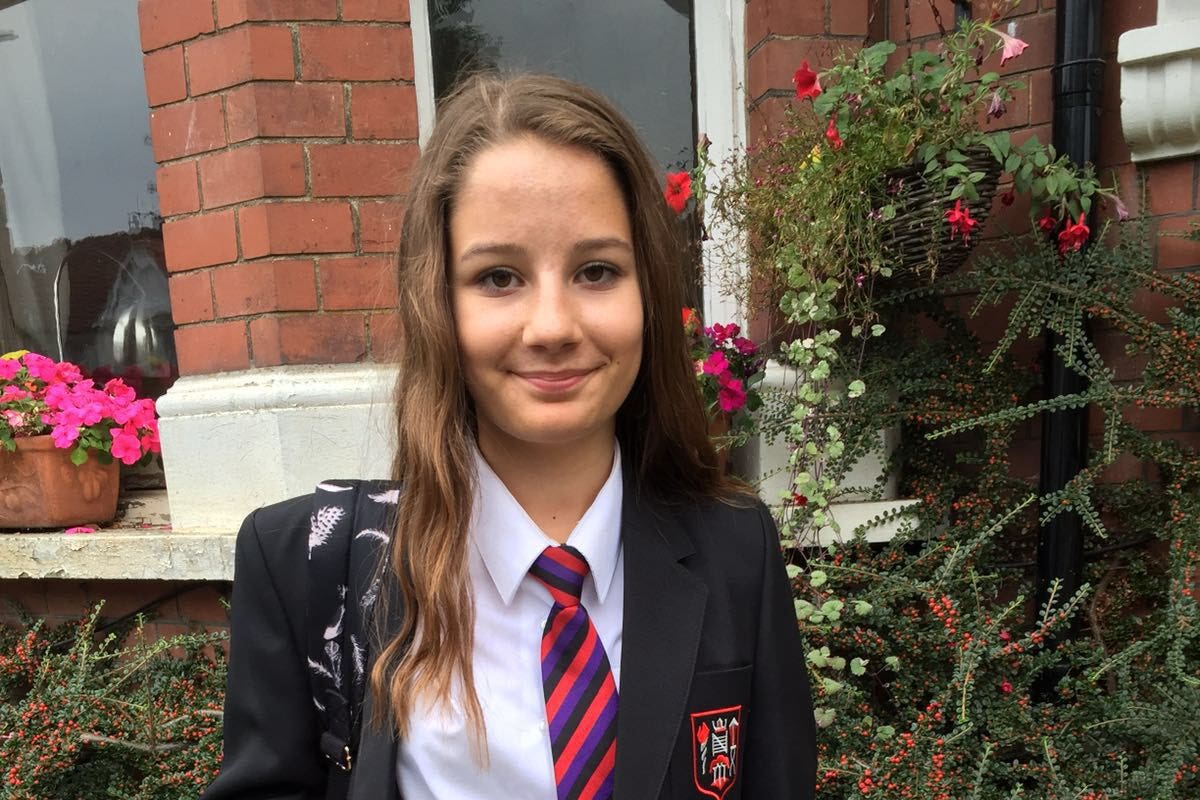Molly Russell: How regulated is social media and how could it change?
The inquest into the 14-year-old’s death has put the mechanisms of social media platforms and how safe they are into sharp focus.

The inquest into the death of Molly Russell has placed renewed focus on the regulation of social media platforms and the need for better systems to protect users from harmful content.
The 14-year-old, from Harrow, north-west London, is known to have viewed material linked to topics such as depression, self-harm and suicide before ending her life in November 2017, prompting her family to campaign for better internet safety.
Currently, most social media and search engine platforms that operate in the UK are not subject to any large-scale regulations specifically concerning user safety beyond a handful of laws that refer to the sending of threatening or indecent electronic communications.
Instead, these platforms are relied upon to self-regulate, using a mixture of human moderators and artificial intelligence to find and take down illegal or harmful material proactively or when users report it to them.
There is very little regulation of social media in the UK
Platforms lay out what types of content are and are not allowed on their sites in their terms of service and community guidelines, which are regularly updated to reflect on the evolving themes and trends that appear in the rapidly moving digital world.
However, critics say this system is flawed for a number of reasons, including that what is and is not regarded as safe or acceptable online can vary widely from site to site, and many moderation systems struggle to keep up with the vast amounts of content being posted.
Concerns have also been raised about the workings of algorithms used to serve users with content a platform thinks might interest them – often this is based on a user’s habits on the site and can mean that someone who searches for material linked to depression or self-harm could be shown more of it in the future.
In addition, some platforms argue that certain types of content which are not illegal – but could be considered offensive or potentially harmful by some – should be allowed to remain online to protect free speech and expression.
As a result, large amounts of harmful content can be found on social media today as platforms struggle with moderating the sheer scale of content being posted and the balancing act of allowing users to express themselves while trying to keep their online spaces safe.
During the inquest, evidence given by executives from both Meta and Pinterest highlighted these issues.
Pinterest executive Judson Hoffman admitted the platform was “not safe” when Molly accessed it in 2017 because it did not have in place the technology it has now.
And Meta executive Elizabeth Lagone’s evidence highlighted the issue of understanding the context of certain posts when she said some of the content seen by Molly was “safe” or “nuanced and complicated”, arguing that in some instances it was “important” to give people a voice if they were expressing suicidal thoughts.
During the inquest, coroner Andrew Walker said the opportunity to make social media safe must not “slip away”, as he voiced concerns about the platforms.
He outlined a range of concerns including a lack of separation of children and adults on social media; age verification and the type of content available and recommended by algorithms to children; and insufficient parental oversight for under-18s.
The UK’s plan to change this landscape is the Online Safety Bill, which would for the first time compel platforms to protect users from online harm, particularly children, by requiring them to take down illegal and other harmful content, and is due to be reintroduced to Parliament soon.
Companies in scope will be required to spell out clearly in their terms of service what content they consider to be acceptable and how they plan to prevent harmful material from being seen by their users.
It is also expected to require firms to be more transparent about how their algorithms work and to set out clearly how younger users will be protected from harm.
The new regulations will be overseen by Ofcom and those found to breach the rules could face large fines or be blocked in the UK.
The conclusion of the inquest into Molly’s death is expected to see renewed calls for the new rules to be swiftly introduced.
The Online Safety Bill aims to address the limited liability of social media platforms by creating new laws that force social media platforms to take action or put in place measures which protect users from a range of online harms
Social media expert and industry commentator Matt Navarra said the Bill could close some of the gaps in protecting people online.
“There is very little regulation of social media in the UK,” he said.
“Most that already exists is related to advertising, copyright law, defamation and libel laws and a limited set of specific laws to protect people from threats of violence, harassment and offensive, indecent, menacing behaviour online.
“And very little of these laws focus on the liability of the big tech platforms in any meaningful way.
“These laws are there for litigation between individuals and businesses, rather than the big tech platforms hosting the content or harmful activity.
“The Online Safety Bill aims to address the limited liability of social media platforms by creating new laws that force social media platforms to take action or put in place measures which protect users from a range of online harms.”
Bookmark popover
Removed from bookmarks